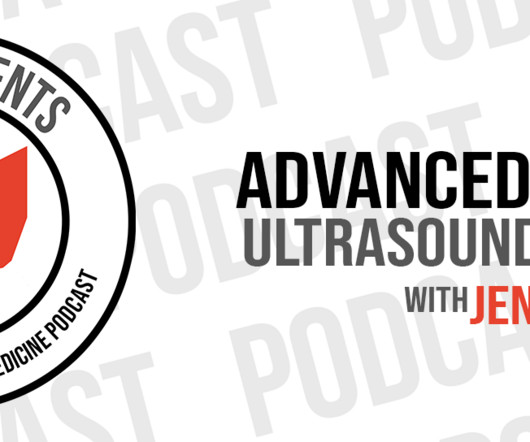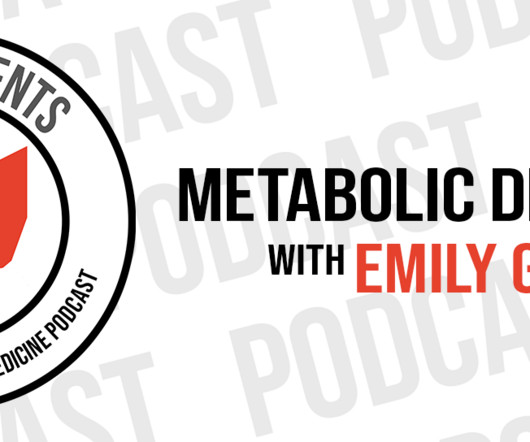Advanced Imaging of Children in the ED: Ultrasound, CT, and MRI
PEMBlog
MAY 20, 2025
So it’s the name for all of the cool imaging studies that we order on all of our patients, and they are essential for doing our daily jobs and identifying serious conditions like traumatic brain injuries, appendicitis, and stroke. And what are some of the trends that you’re seeing regarding how often we’re performing these studies?












Let's personalize your content